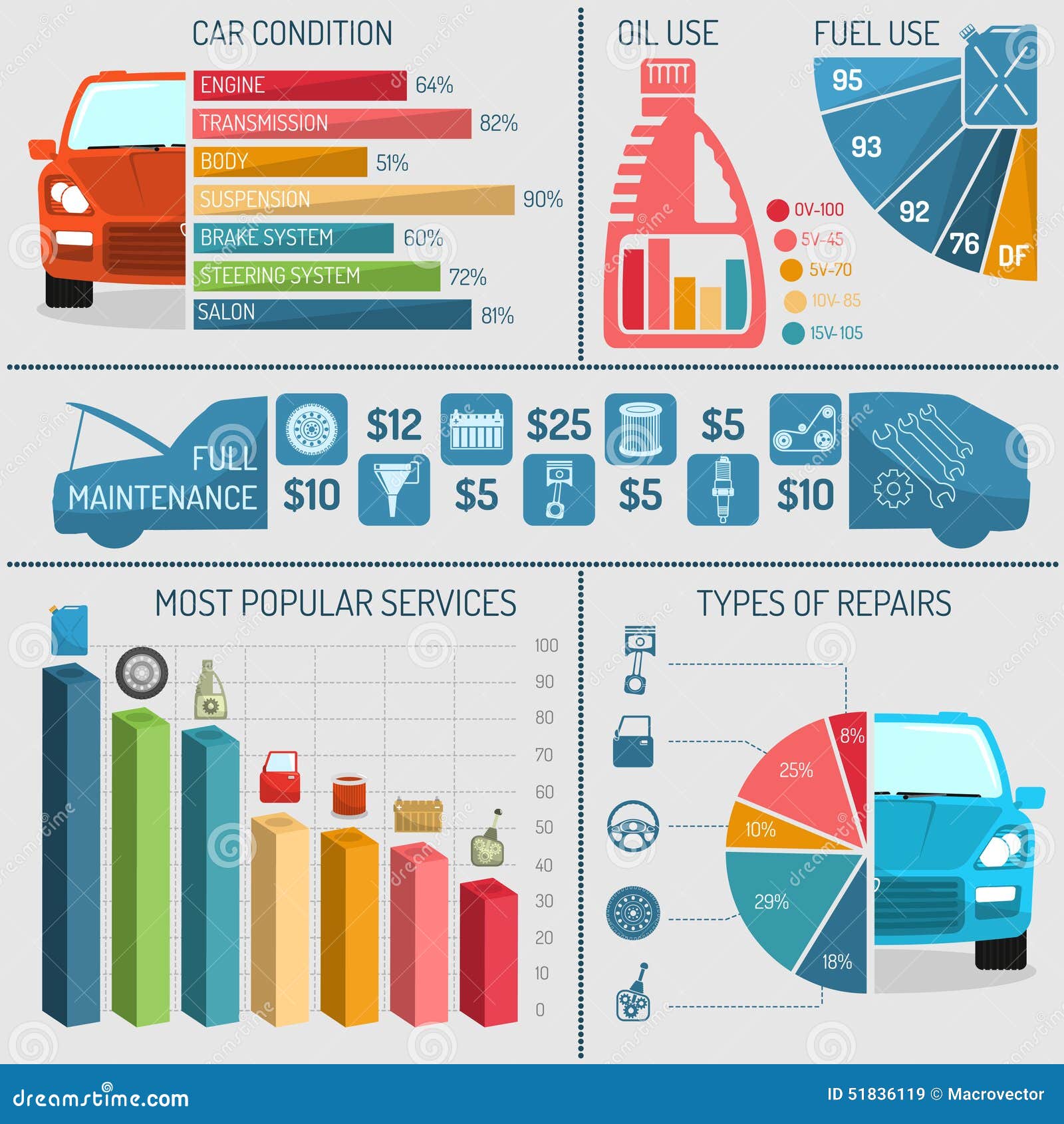An Initial Guide To Decoding Your Automobile'S Caution Indicators
An Initial Guide To Decoding Your Automobile'S Caution Indicators
Blog Article
Suggested Browsing -Ditlevsen Eriksson
When you're behind the wheel, those little caution lights on your car's dashboard can be rather bewildering. What do they indicate, and should you be concerned? Recognizing these signals is essential for your vehicle's wellness, but it does not need to be an overwhelming task. By translating the enigma behind each light, you'll be geared up to handle possible issues properly and maintain your cars and truck running smoothly. So, following time a warning light flashes, do not panic - arm yourself with knowledge and take control of the circumstance.
Value of Auto Warning Lights
Recognizing the value of your auto's caution lights is vital for maintaining your lorry's health and wellness. These lights serve as your cars and truck's communication system, signaling you to potential problems that can endanger your safety when driving or lead to costly repair services if disregarded. By focusing on these cautions, you can deal with problems early and stop further damage to your vehicle.
Overlooking warning lights can result in severe repercussions, such as engine failure, brake breakdowns, or even crashes. These lights are made to inform you of issues varying from low tire pressure to engine breakdowns, providing you the opportunity to do something about it prior to the scenario intensifies. On a regular basis checking and comprehending these cautions can save you time, cash, and ensure your security while driving.
In addition to maintaining you risk-free, reacting promptly to advising lights can also aid prolong the life-span of your vehicle. By addressing concerns beforehand, you can stop small troubles from intensifying right into major repairs, inevitably conserving you time and money over time. Remember, your automobile's caution lights are there for a factor - do not overlook them!
Common Warning Lighting and Meanings
When it involves driving your vehicle, being aware of usual warning lights and their definitions is vital for your security and automobile maintenance. Here are a few usual caution lights you may come across:
1. ** Examine Engine Light **: This light suggests an issue with your engine. Maybe something minor like a loose gas cap or something a lot more major like engine misfiring.
2. ** Battery Light **: This light signals an issue with your car's charging system. It can show a faulty battery, generator, or various other relevant parts.
3. ** Oil Stress Light **: When this light begins, it means your engine may be running low on oil or experiencing low oil pressure, which can result in engine damages if not resolved without delay.
4. ** Brake System Light **: This light indicates a problem with your stopping system. It might imply reduced brake fluid degrees or a trouble with the brake system that requires prompt focus.
Recognizing these typical warning lights will aid you determine possible problems beforehand and prevent more significant problems down the road.
Exactly how to Respond to Caution Lighting
In case a warning light illuminates on your automobile's control panel, it's critical to respond immediately and suitably. When a caution light comes on, the very first step is to consult your owner's handbook to understand the details issue indicated by the light.
Some lights need prompt interest, while others may indicate a less urgent issue. If the caution light is red or flashing, it's generally an indicator of a major problem that requires instant activity. In such situations, it's advisable to pull over safely, turn off the engine, and look for professional assistance.
For yellow or orange warning lights, while they might not require immediate interest, it's still crucial to deal with the hidden problem without delay to avoid more damages. Regular upkeep and inspection can assist stop cautioning lights from beginning unexpectedly.
car repair ac , recognizing your cars and truck's warning lights is crucial for keeping your car's health and wellness. By routinely checking and responding to these warnings, you can deal with potential concerns early and protect against expensive repairs or safety and security threats. Bear in mind to consult your proprietor's manual for details on various caution lights and always take prompt activity for red or flashing lights. Keep positive and maintain your automobile running smoothly!
